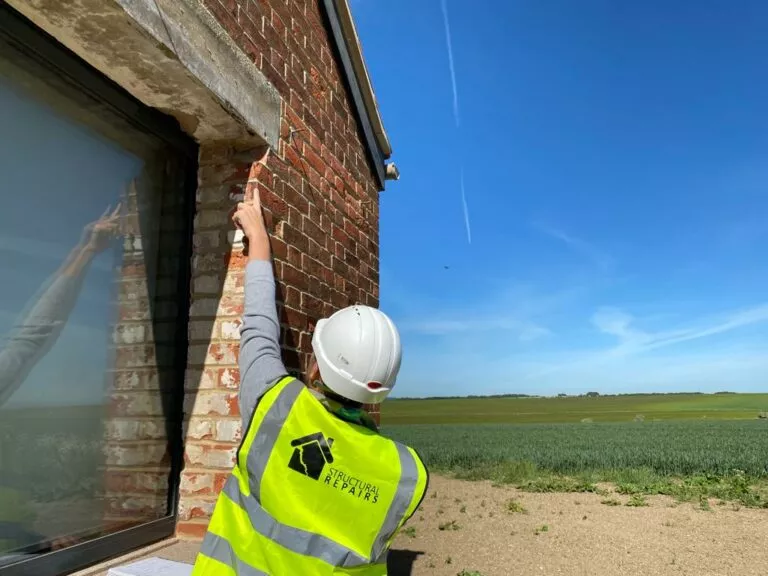
How to check for potential repair issues after long periods of warm weather
Warm weather can cause a multitude of different repair issues or structural problems, and as the UK gets hotter as a result of climate change, this is a problem we expect to see more and more frequently.
Knowing what to look out for will help you identify the right fix – and it could even help you put a few preventative measures in place to lessen or prevent damage.
Here’s what to look for after hot weather:
Signs of subsidence
This is a common problem following lengthy periods of hot weather, such as the UK has recently experienced. It is particularly prevalent in areas with clay soil – and happens as a result of changes in the expansion and contraction of the ground during dry and rainy seasons.
The earliest signs of subsidence can be tricky to spot, but it ultimately leads to buildings moving and sinking into the ground beneath them.
We strongly recommend taking a look around your home and checking for any cracks in the walls – as these could indicate subsidence.
Effects on concrete
Concrete is one of the strongest building materials we have, and often found throughout both domestic and commercial properties.
But extreme temperatures – particularly heat – can have a damaging effect on its strength and appearance.
Firstly, hot weather can cause cracks to appear in concrete work, as well as reducing the concrete’s resistance to everyday weathering in the future.
The stability of concrete can also be impacted. These factors are particularly difficult to manage during and directly after construction work, as hot weather also accelerates the drying and hardening process of concrete construction.
The best way to avoid these problems is to stop any construction on the property during extreme temperatures, or ensure any mixing equipment relating to concrete is kept in the shade.
If you notice cracks in the concrete of your property, that could be a sign of hot weather damage.
Expanding windows and doors
The warmer weather can also make windows and doors expand, causing potential structural damage to your property.
This is particularly true of UPVC windows and doors, and is generally considered a temporary problem that fixes itself.
There are ways to help cool the material down if needed, however. Spraying them with cool water or using a damp cloth to pay them down will help the material to shrink back down to its normal size.
If you. have any concerns please contact us